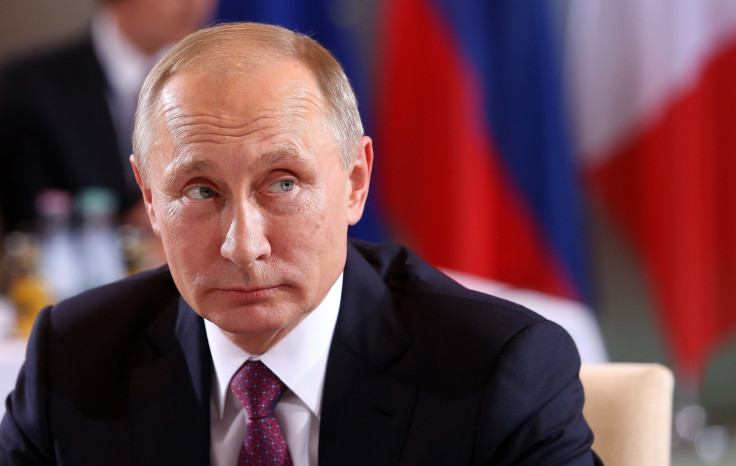USA vs. Russia: If There Is War, Who Has The Stronger Military, Most Nuclear Weapons?

Relations between the United States and Russia continued toward their frostiest point since the end of the Cold War this week, leading many to fear the repercussions of further conflict between the two global powers.
Following the findings from U.S. intelligence agencies that Russia was behind a series of cyber hacks in an attempt to influence November’s presidential election, President Barack Obama expelled 35 Russian diplomats and their families from the country Thursday. To the surprise of many, Russian President Vladimir Putin declined to respond in kind. Instead, he said Friday he would wait until President-elect Donald Trump takes his place in the White House on Jan. 20.
Much has been made of the cozy relationship between Trump and Putin, which could well dampen tensions between the two countries. However, the prospect of the U.S. and Russia returning to conflict remains a frightening one for the whole world. During the Cold War, after all, that they came perilously close to nuclear war.
The U.S. and Russia remain stocked with huge numbers of nuclear weapons. Indeed, between them, the two countries account for 93 percent of all nuclear weapons in the world, according to the Stockholm International Peace Research Institute’s 2016 fact sheet. And, while the U.S. has slightly more deployed warheads — those already placed on missiles or on bases with operational forces — Russia has more total nuclear weapons, with 7,290 compared with 7,000 for the U.S.
To put that into perspective, the next highest inventory of nuclear weapons belongs to the France, which has just 300. In fact, the U.S. spends more on its nuclear arsenal than all other countries combined, according to the International Campaign to Abolish Nuclear Weapons (ICAN).
And that expenditure could skyrocket yet further in the coming years. Trump tweeted last week that, “The United States must greatly strengthen and expand its nuclear capability until such time as the world comes to its senses regarding nukes.”
The United States must greatly strengthen and expand its nuclear capability until such time as the world comes to its senses regarding nukes
— Donald J. Trump (@realDonaldTrump) December 22, 2016
Trump has also called for an increase in military spending despite the fact that the U.S. spends more on its defense than the next 11 countries combined. At $597.5 million, the U.S. budget in 2015 dwarfed the 65.6 million spent by Russia on its military, according to data from the International Institute for Strategic Studies (IISS) think-tank.
Unsurprisingly, that gives the U.S. a significant advantage in terms of military strength, even if Russia is considered to have the second strongest military in the world. The U.S. has almost twice as many active military personnel, almost four times as many aircraft and five times as many helicopters, according to the Global Firepower Index, which sources publicly available information to rank the militaries of each country.
© Copyright IBTimes 2025. All rights reserved.





















